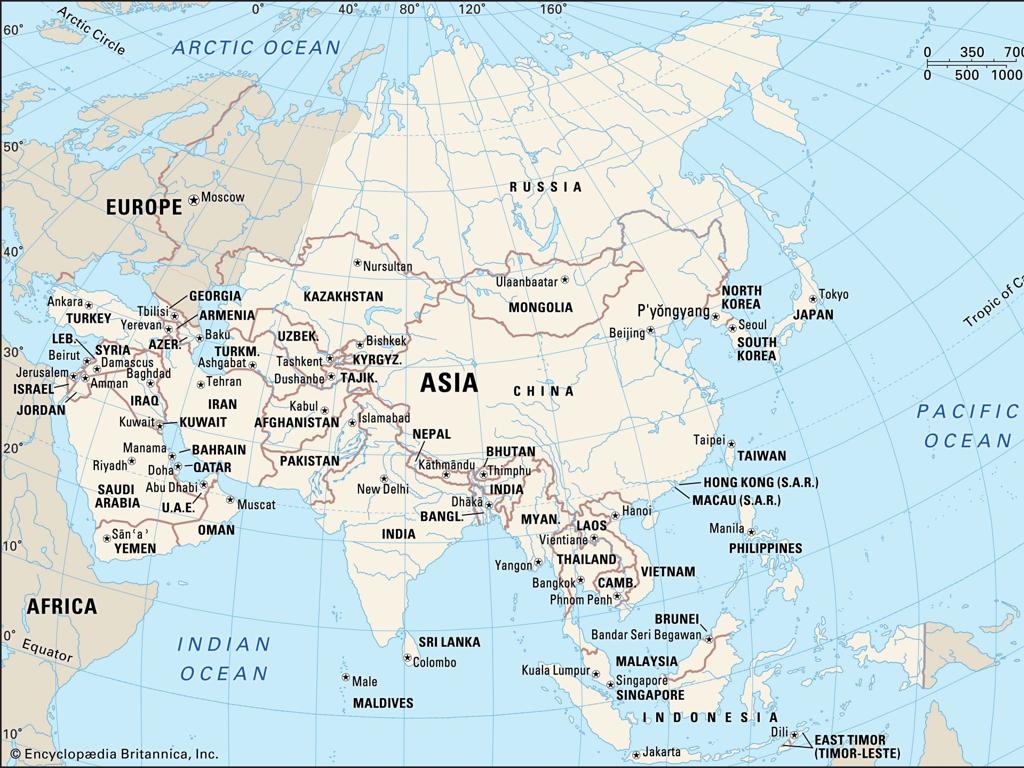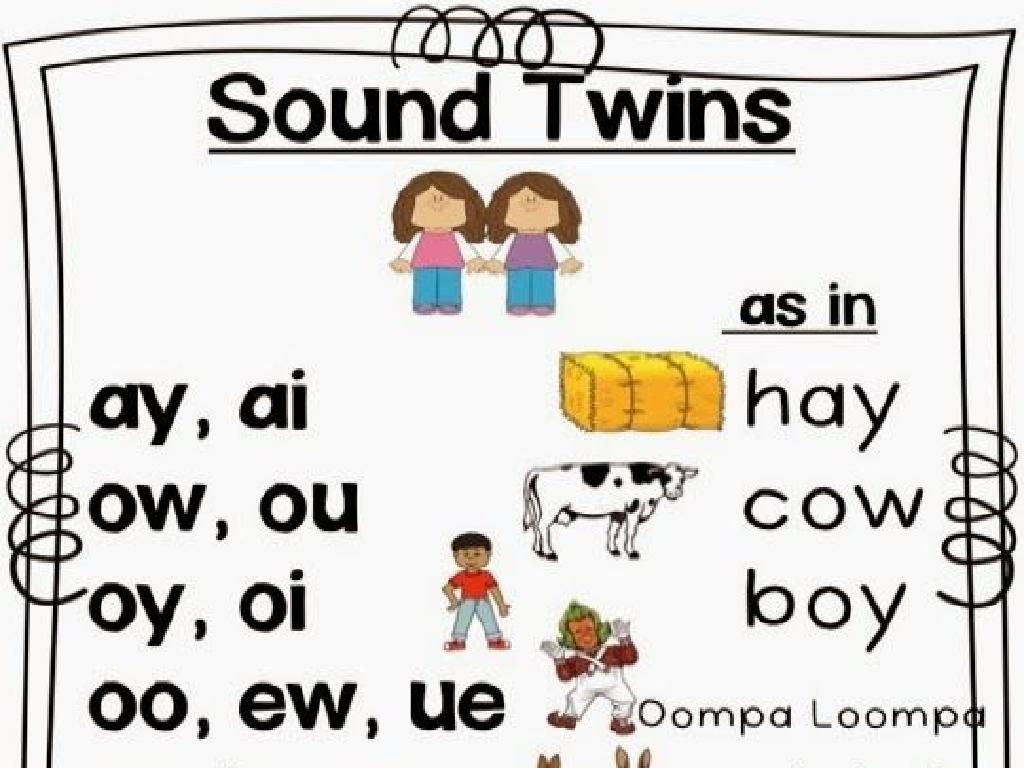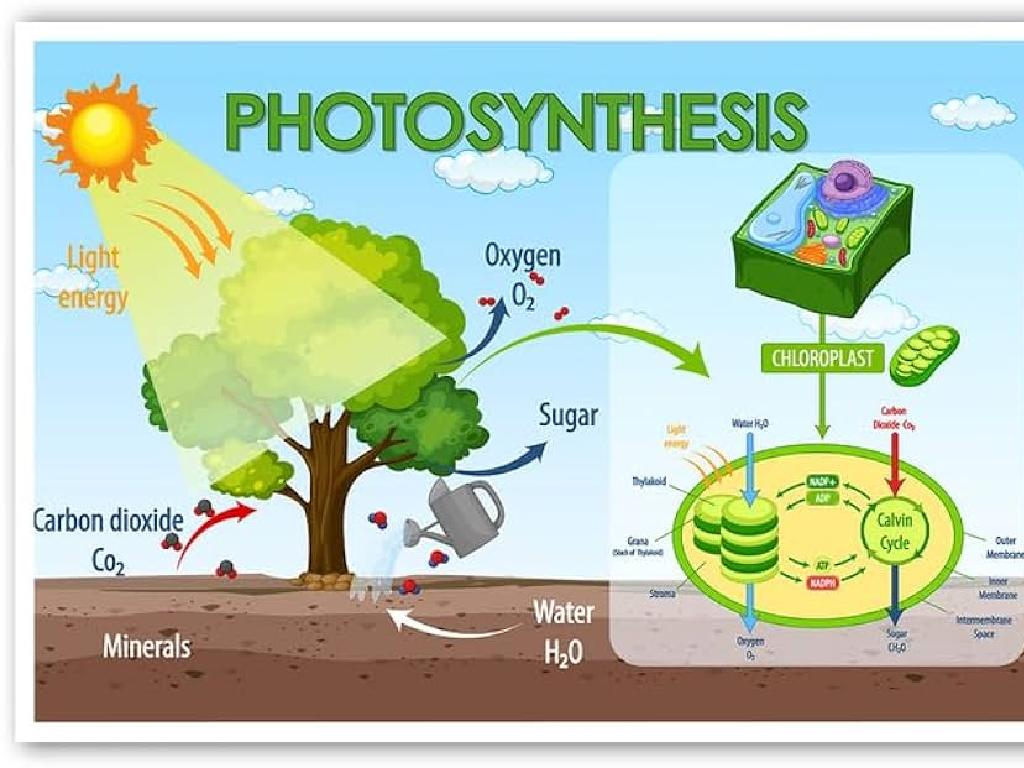Identify And Select Countries Of South America
Subject: Social studies
Grade: Eighth grade
Topic: The Americas: Geography
Please LOG IN to download the presentation. Access is available to registered users only.
View More Content
Exploring South America
– Geography of The Americas
– Overview of physical features across North, Central, and South America
– South America’s diverse landscape
– Mountains, rainforests, deserts: South America has it all
– Objectives: Country identification
– Learn to recognize and name all 12 sovereign countries
– Engage with an interactive map
– Use an online map tool to locate countries
|
This slide introduces students to the geography of The Americas with a focus on South America. Begin by discussing the various geographical regions that make up The Americas, including North, Central, and South America. Emphasize the rich diversity of South America’s landscape, from the Andes Mountains to the Amazon Rainforest and the Atacama Desert. The main objective for the students is to be able to identify and select the 12 sovereign countries of South America. To make this interactive, incorporate an online map tool during the lesson where students can click on and learn about each country. This will help them visually connect the location and shape of each country to its name, fostering better retention.
Exploring South America’s Geography
– Overview of physical features
– South America boasts diverse terrains, from mountains to rainforests.
– Key landmarks: Andes & Amazon
– The Andes, world’s longest mountain range; Amazon, largest rainforest and river by volume.
– Significance to continent’s identity
– These features shape climate, biodiversity, and way of life.
– Impact on culture & economy
– Landmarks influence local economies through agriculture, tourism, and natural resources.
|
This slide aims to provide students with a comprehensive understanding of South America’s physical geography. Highlight the continent’s diverse landscape, including the Andes Mountains and the Amazon River, which are not only geographical wonders but also crucial to the continent’s cultural and ecological identity. Discuss how these features affect the daily lives of the people, including their culture, economy, and environmental concerns. Encourage students to think about how geography can shape a region’s development and the importance of preserving these natural landmarks.
Exploring South America: Countries and Capitals
– South America’s 12 sovereign states
– A continent with diverse cultures and landscapes.
– Capitals of each country
– Brasília, Bogotá, Buenos Aires, and more.
– Unique aspects of select nations
– Brazil’s Amazon, Argentina’s Patagonia, Peru’s Machu Picchu.
– Geographical diversity
|
This slide introduces students to the 12 sovereign countries of South America, their capitals, and some unique geographical and cultural aspects. Emphasize the diversity of the continent, from the Amazon rainforest in Brazil to the Andes mountains stretching along the western edge. Highlight the importance of capitals as political and cultural hubs. Encourage students to explore the unique features of a few countries, such as Argentina’s Patagonia region known for its stunning natural beauty and Peru’s historical site of Machu Picchu. This overview sets the stage for a deeper dive into the physical and political geography of South America.
Cultural and Linguistic Diversity in South America
– Languages across the continent
– Spanish, Portuguese, and indigenous languages
– Cultural elements: music, food, festivals
– Tango in Argentina, ceviche in Peru, Carnival in Brazil
– Geography’s impact on culture
– Andes foster distinct cultures compared to Amazon basin
– Diversity enriches the continent
|
This slide aims to give students an overview of the rich cultural and linguistic diversity found in South America. Highlight the predominance of Spanish and Portuguese, but also note the variety of indigenous languages still spoken today. Discuss how cultural elements like music, food, and festivals can differ from country to country, with examples such as the tango dance originating in Argentina, the seafood dish ceviche from Peru, and the world-renowned Carnival festival in Brazil. Explain how the continent’s diverse geography, from the Andes mountains to the Amazon rainforest, influences the distinct cultures within South America. Encourage students to think about how this diversity compares to their own experiences and to consider the value that such a variety of cultures and languages brings to the continent.
Economic Overview of South America
– Major industries: agriculture, mining
– Soybeans, coffee, and beef from Brazil; copper from Chile
– Natural resources drive the economy
– Oil in Venezuela, Brazil; lithium in Bolivia
– Geography’s impact on economy
– Andes support mining; Amazon basin supports agriculture
– Diverse economies across countries
|
This slide provides an overview of the economic landscape in South America, highlighting the connection between the continent’s geography and its economic activities. Major industries include agriculture and mining, with countries like Brazil leading in soybean, coffee, and beef production, and Chile being a top copper producer. The abundance of natural resources, such as oil and lithium, plays a crucial role in the economies of countries like Venezuela and Bolivia. The diverse geography, from the Andes mountains to the Amazon basin, directly influences the economic activities that are feasible in different regions. It’s important for students to recognize how the physical landscape can shape the economic foundation of a country. Encourage students to explore how these industries affect the global economy and consider the environmental impacts of resource extraction.
Environmental Challenges in South America
– Key environmental issues identified
– Deforestation, pollution, and biodiversity loss are major concerns.
– Human impacts on geography
– Urbanization, deforestation, and mining alter landscapes and ecosystems.
– Efforts to preserve ecosystems
– Conservation projects and sustainable practices are being implemented.
– Class discussion on solutions
|
This slide aims to raise awareness among students about the environmental challenges that South America faces, such as deforestation in the Amazon rainforest, pollution in major cities, and the loss of biodiversity. Discuss how human activities like urban expansion, logging, and mining contribute to these issues. Highlight the positive efforts being made to preserve the natural environment, including conservation projects and the promotion of sustainable practices. Encourage students to think critically about these issues and to discuss potential solutions or actions that could be taken to mitigate these environmental challenges.
Interactive Map Activity: Exploring South America
– Locate South American countries
– Identify capital cities
– Capitals like Brasília, Bogotá, and Buenos Aires
– Match flags to countries
– Recognize patterns and colors of flags
– Engage with interactive map
– Use digital tools to enhance geography skills
|
This interactive map activity is designed to help students familiarize themselves with the geography of South America. They will use digital resources to locate each country on the continent. Students should identify the capital city of each country, enhancing their knowledge of political geography. Additionally, they will match the flags to their respective countries, which will help them learn about the symbols and colors representing each nation. Encourage students to take notes on unique features they observe and share interesting facts they discover. This activity promotes active learning and engagement with the subject matter.
Class Activity: Exploring South American Countries
– Form research groups
– Assign a South American country
– Investigate geography, culture, economy
– Look into physical features, traditions, and financial systems
– Create a presentation for the class
– Summarize key points in slides or a speech
|
This activity is designed to engage students with the diverse aspects of South American countries. Divide the class into small groups and assign each group a different country to research. Provide resources such as textbooks, library access, and credible online sources. Each group should focus on understanding their country’s physical geography, cultural practices, and economic structure. Encourage them to look for interesting facts and figures that highlight the uniqueness of their assigned country. After the research phase, each group will prepare a short presentation to share their findings with the class. This can be in the form of a PowerPoint, posters, or even a skit. For the teacher: be ready to assist with research guidance, presentation tips, and ensure each group presents a balanced view of their country. Possible countries to assign include Brazil, Argentina, Peru, Colombia, and Chile.
Conclusion: Exploring South America
– Recap of South American countries
– Significance of learning about regions
– Understanding diversity and global connections
– Reflect on intriguing aspects
– Share what captivated you about South America’s geography or culture
– Encourage further exploration
– Use maps, online resources to continue learning
|
As we wrap up today’s lesson on the countries of South America, it’s crucial to revisit the main points to reinforce learning. Emphasize the importance of understanding different regions to appreciate cultural diversity and global interdependence. Encourage students to think about what they found most interesting, whether it was the Amazon rainforest, the Andes mountains, or the diverse cultures. Ask them to share their thoughts and reflections, fostering a classroom environment that values curiosity and personal connections to the material. Suggest ways for students to continue exploring geography, such as using online resources or visiting the library, to further their understanding and appreciation of South America.






